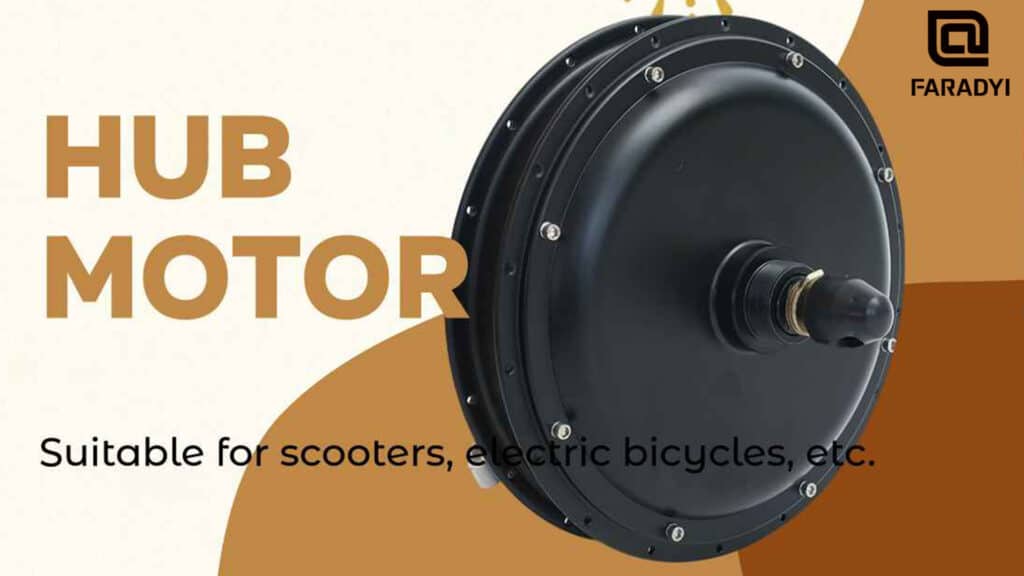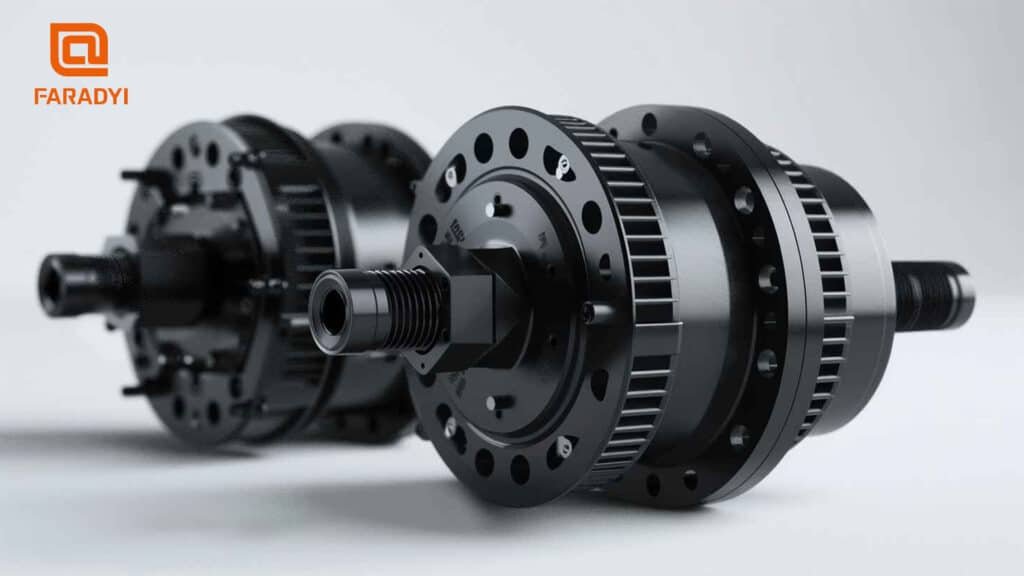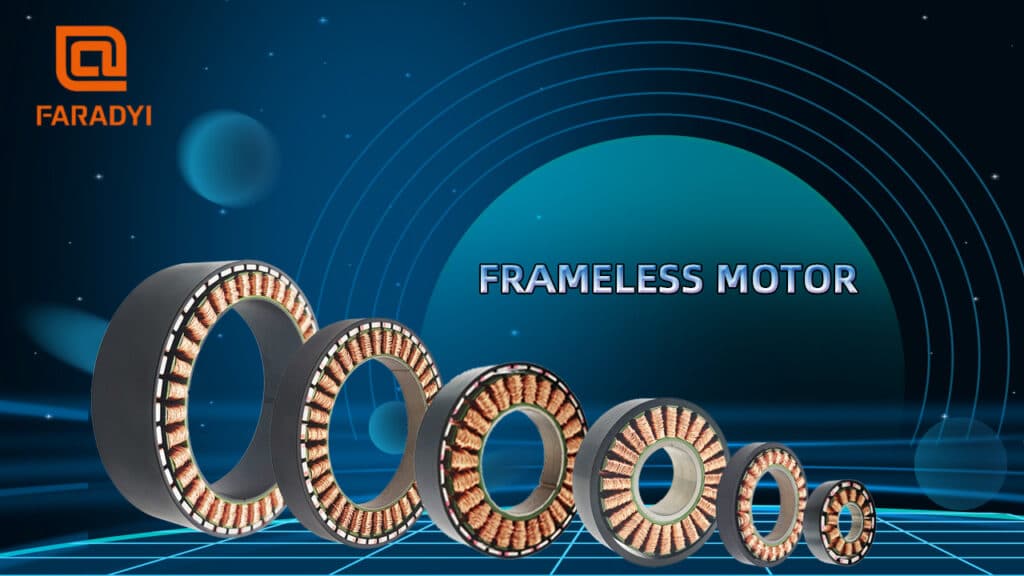The no-load torque of a brushless motor is generally the fixed torque of the motor. The no-load loss of the motor is related to the iron loss of the motor, the copper loss caused by the motor’s no-load current, the tube voltage drop of the controller, the internal resistance of the MOS tube, the wind friction loss of the motor rotor, and the friction loss of the motor bearing during operation. When the actual motor speed increases, the wind friction loss of the motor and the friction loss of the motor bearing increase accordingly, and the no-load torque of the motor also increases accordingly.

brushless servo motor
The following briefly introduces several methods for reducing the no-load torque of a brushless motor.
- (1) Reduce the iron loss of the motor rotor or the brushless motor stator, and improve the material grade of the punching sheet.
- (2) Reduce the wind friction loss of the motor rotor, and increase the surface roughness requirement of the rotor. Use magnetic mud wedges to fill the stator slots and use slender rotors.
- (3) Select bearings correctly. Do not use bearings that are larger than required. Strictly control the processing requirements of the bearing slideway. Reasonably select the gap between the bearing ball and the slideway. Reasonably select bearing grease.
The stall torque of a brushless motor is proportional to the rated voltage and torque constant, and inversely proportional to the armature internal resistance of the motor.
Here are a few methods to increase the stall torque of a brushless motor:
- (1) Increase the working voltage U of the motor, then the entire motor T-n curve will move upward in parallel, the stall torque of the motor will increase, the no-load torque of the motor will increase accordingly, and the speed constant of the motor will remain unchanged.
- (2) Increase the torque constant KT, and n0 will decrease accordingly. The mechanical properties of the motor will become harder, that is, the speed constant of the motor will decrease, that is, the speed reduction of the motor per unit torque will decrease.
- (3) Reduce the resistance R, use wires with higher copper purity, and do not use aluminum wire or copper-clad aluminum wire. Increase the cross-sectional area of the motor armature wire, that is, thicken the wire or increase the number of parallel strands of the coil wire. Use a flat rotor to reduce the effective conductor length of the rotor and minimize the rotor end length. Brushless motors should use fractional slot concentrated winding motors.
- (4) Increase the working magnetic flux Φ, minimize the speed N, reduce R, and ensure that the motor torque constant KT remains unchanged or increases.






